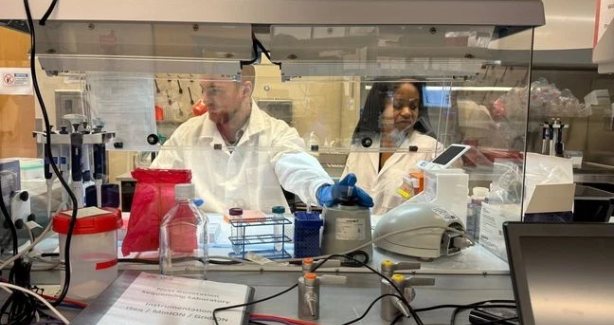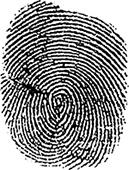Agency Home Responsive
Latest
Feb 14 2025
(Washington, DC) – Next week, the District of Columbia’s Office of the Chief Medical...
Jan 24 2025
Mayor Bowser Announces Reaccreditation of DC Department of Forensic Sciences Latent Fingerprint Unit
(Washington, DC) – Today, Mayor Muriel Bowser announced that the American National Standards...
Oct 2 2024
(Washington, DC) – US Attorney Matthew M. Graves and Chief Pamela Smith of the Metropolitan...
Jul 30 2024
(WASHINGTON, DC) - Mayor Muriel Bowser and the Department of Forensic Sciences (DFS) Interim...
Jul 26 2024
(WASHINGTON, DC) – The DC Department of Forensic Sciences (DFS) proudly recognizes the...
May 29 2025
Testimony of Dr. Francisco J. Diaz, Interim Director
Before the Committee on the Judiciary and...
Mar 10 2025
Testimony of Dr. Francisco J. Diaz, Interim Director
Before the Committee on the Judiciary and...
Apr 9 2024
Testimony of Dr. Francisco J. Diaz, Interim Director
Before the Committee on the Judiciary and...
Jan 31 2024
Testimony of Dr. Francisco J. Diaz, Interim Director
Before the Committee on the Judiciary and...
Dec 26 2023
(Washington, DC) – The Department of Forensic Sciences’ application for reaccreditation...
Jul 21 2025
The DC Department of Forensic Sciences early detection work was cited in a Washington Post article...
Feb 27 2025
NBC4 Washington learns how therapy dogs are supporting first responders.
Therapy dog supports...
Feb 4 2025
Dr. Francisco J. Diaz, DC Chief Medical Examiner and Department of Forensic Sciences Interim...
Jan 25 2025
Dr. Francisco J. Diaz, Department of Forensic Sciences Interim Director and DC Chief Medical...
Jan 24 2025
Dr. Francisco J. Diaz, Department of Forensic Sciences Interim Director and DC Chief Medical...
DFS on Facebook |
Department of Forensic Sciences
Office Hours
Monday to Friday, 9 am to 5:30 pm, except District holidays
Connect With Us
401 E Street, SW , Washington, DC 20024
Phone: (202) 727-5566
TTY: 711
Email: [email protected]



 Agency Performance
Agency Performance
Monday to Friday, 9 am to 5:30 pm, except District holidays
Connect With Us
401 E Street, SW , Washington, DC 20024
Phone: (202) 727-5566
TTY: 711
Email: [email protected]












